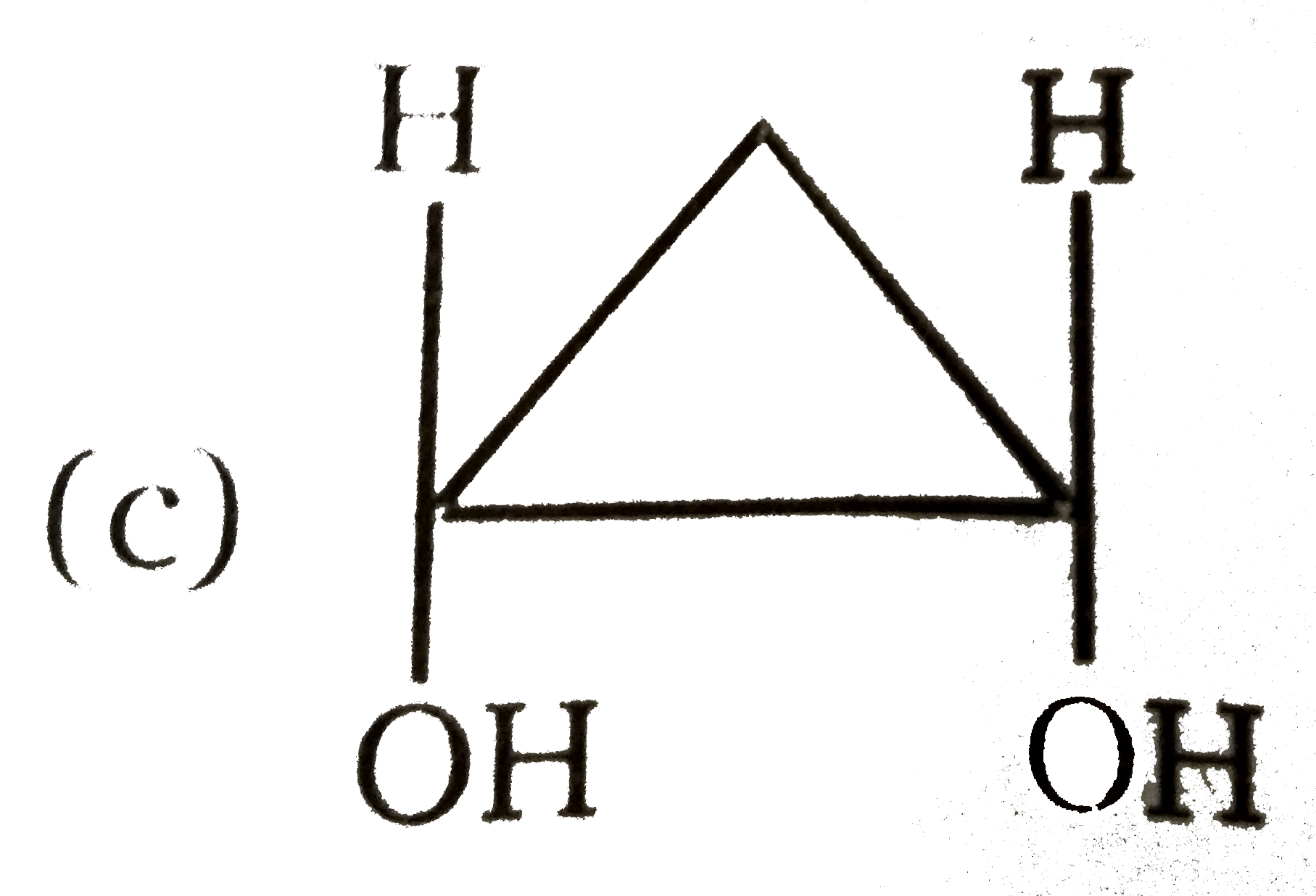Which of the following is responsible for the inability of meso compound to show optical activity?
Absence of chirality center
Presence of more than one chirality centers
Dissymmetric nature of its structure
Internal compensation
The correct Answer is:D
To solve the question regarding the inability of meso compounds to show optical activity, we can follow these steps:
Step 1: Understand the Definition of Meso Compounds
Meso compounds are a type of stereoisomer that have multiple chiral centers but are achiral due to the presence of an internal plane of symmetry. This means that even though they have chiral centers, they do not exhibit optical activity.
Hint: Recall that meso compounds have chiral centers but are overall achiral due to symmetry.
Step 2: Identify the Key Characteristic of Meso Compounds
The critical feature that defines meso compounds is the presence of a plane of symmetry. This plane divides the molecule into two mirror-image halves, which means that any optical activity produced by one half is canceled out by the other half.
Hint: Look for the concept of symmetry in molecular structures when considering optical activity.
Step 3: Explain Optical Activity
Optical activity refers to the ability of a substance to rotate plane-polarized light. Chiral compounds can rotate light in either a clockwise (dextrorotatory) or counterclockwise (levorotatory) direction. However, in meso compounds, the rotations from the two halves of the molecule cancel each other out, resulting in no net rotation.
Hint: Remember that optical activity is linked to the net rotation of plane-polarized light by a compound.
Step 4: Conclude the Reason for Inactivity
Due to the internal compensation caused by the plane of symmetry in meso compounds, they do not exhibit optical activity. The correct answer to the question is that the presence of a plane of symmetry is responsible for the inability of meso compounds to show optical activity.
Hint: Think about how internal compensation works when considering the optical activity of compounds.
Final Answer
The inability of meso compounds to show optical activity is due to the presence of a plane of symmetry, leading to internal compensation of optical activity.
Meso compounds are a type of stereoisomer that have multiple chiral centers but are achiral due to the presence of an internal plane of symmetry. This means that even though they have chiral centers, they do not exhibit optical activity.
The critical feature that defines meso compounds is the presence of a plane of symmetry. This plane divides the molecule into two mirror-image halves, which means that any optical activity produced by one half is canceled out by the other half.
Optical activity refers to the ability of a substance to rotate plane-polarized light. Chiral compounds can rotate light in either a clockwise (dextrorotatory) or counterclockwise (levorotatory) direction. However, in meso compounds, the rotations from the two halves of the molecule cancel each other out, resulting in no net rotation.
Due to the internal compensation caused by the plane of symmetry in meso compounds, they do not exhibit optical activity. The correct answer to the question is that the presence of a plane of symmetry is responsible for the inability of meso compounds to show optical activity.
The inability of meso compounds to show optical activity is due to the presence of a plane of symmetry, leading to internal compensation of optical activity.
Topper's Solved these Questions
Similar Questions
Knowledge Check
Which of the following is a meso compound ?
A B
B C
C D
D
Which of the following is a meso compound ?
A B
B C
C DAll of these
DAll of theseMeso compounds do not show optical activity because ?
Athey contain plane of symmetryBthey do not contain chiral carbon atomsCthey do not contain plane of symmetryDthey have non-superimposable mirror images
Which compound is optically active
View SolutionWhich of the followin compounds will show optical activity?
View SolutionWhich of the following shows optical activity?
View SolutionWhich of the following is/are meso compound:
View SolutionWhich one of the following compounds show optical activity
View Solution